Covers the music man
Taschen originally published this big book as a limited edition keepsake to celebrate the design work of Alex Steinweiss. Now reprinted in a much more affordable copy so we can all enjoy looking at some remarkable album covers that still fascinate more than five decades later. The Product Details above will give you some background about the book's contents.
It's certainly a lavish production with hundreds of covers, especially those from the Columbia's 78 box sets during the forties. Steinweiss was their Art Director from 1940 (only twenty-three, too) and created fresh different designs for these boxes. Page seventy-one reveals why the covers had a rather unique look. The designs weren't printed using conventional four color process work but used three or four flat colors, whatever Steinweiss chose depending on the music style. There were no color photos and very few mono ones. This printing format dictated a rather flat graphic style that would be a challenge for any designer so Steinweiss used bright colors, graphic shapes, simple illustrations and bold typography to create an eye-catching poster style design that clearly stood out in record shops.
I love the big selection of covers for the classics. Somehow their simplicity and directness makes them feel fresh even today. Clearly the restrictive printing style encouraged this. Another restriction that inspired a creative solution was the lack of a local typesetters in Bridgeport, Connecticut where Columbia was located. So Steinweiss drew his own type, a casual hand-lettered script to use on the covers and you can see versions of this pop up on lots of the albums throughout the book. The script was eventually produced by Photo-Lettering, New York, for anyone to use: called Steinweiss Scrawl.
Though most of the book's images are the wonderful album covers, either for the 78 box sets or, from 1948, long player records there are plenty of examples of other work from Steinweiss: brochures; movie credits; magazine spreads; ads and promotional work for Columbia and some packaging. After Columbia he designed covers for Decca, Coral and Everest labels but by the sixties with color photos of artists now the main visual attraction on LPs I think his work is very similar to the great mass of album covers. At fifty-five in 1972 he decided to ease himself out of print creativity, moved to Florida in 1974 and started to paint, create collages and ceramics. The perfect out it seems to me.
This sumptuous book is worth getting if you are interested in graphic design history and although it concentrates on just one person and one part of commercial creativity it does it so well and held my interest right through its 420 pages. Taschen really delivered with this one.
Alex Steinweiss: The Inventor of the Modern Album Cover is available at Amazon (US | CA | UK | DE | FR | IT | ES | JP | CN)
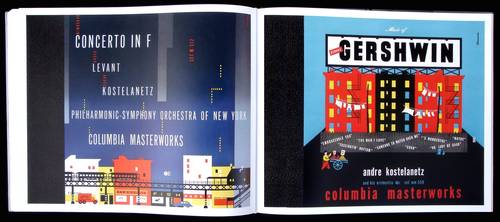
Left: a delightful cover for a Kostelanetz 78 box set in 1942.
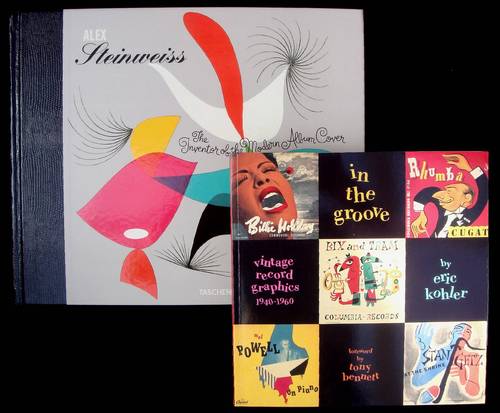
Eric Kohler's 1999 Chronicle Books paperback takes an historic look back at covers from the forties to the sixties.
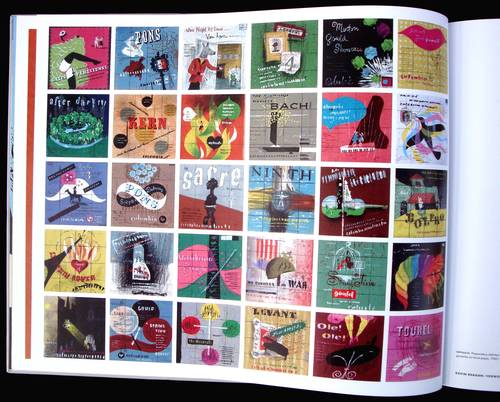
Thirty remarkable looking roughs Steinweiss produced on tissue paper and looking almost like the finished designs.
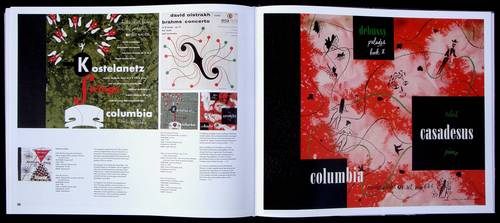
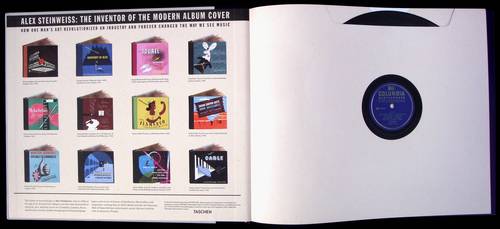
Interesting endpapers.
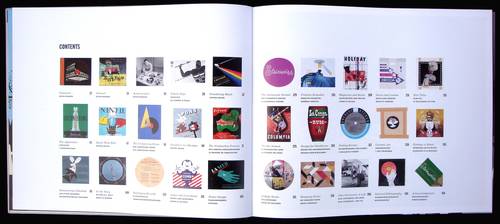
A refreshing looking Contants spread.
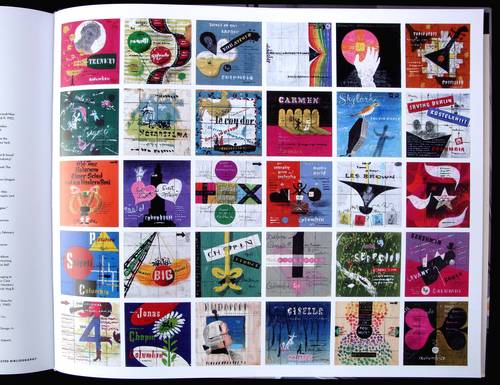
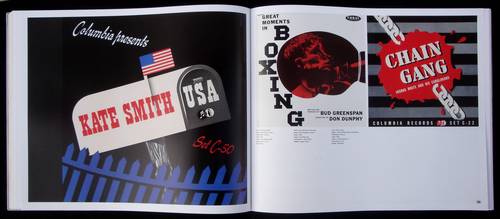

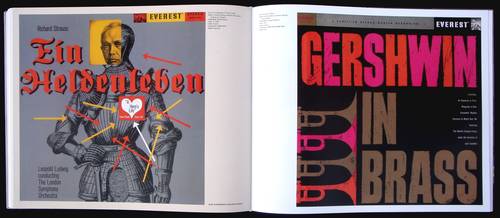
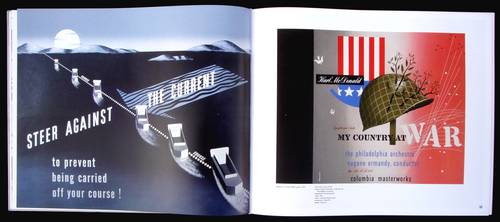
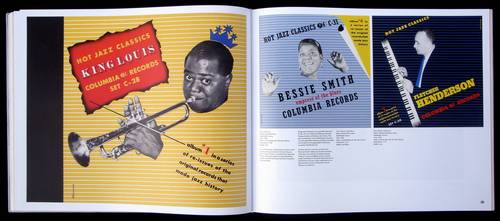
78 box covers from the early forties with examples of angled type which was so common in European modernist graphics.

Movie credits.
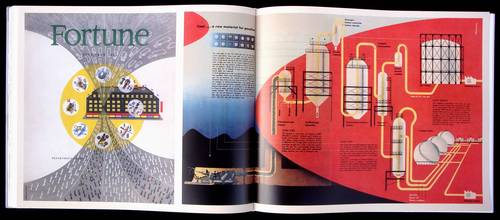
Magazine work for Fortune.
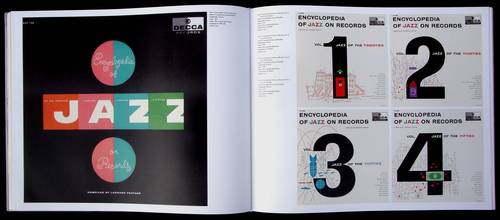

Steinweiss Scrawl, created because it was easier to handletter headings than wait for typesetters. Eventually available from Photo Lettering in NYC.
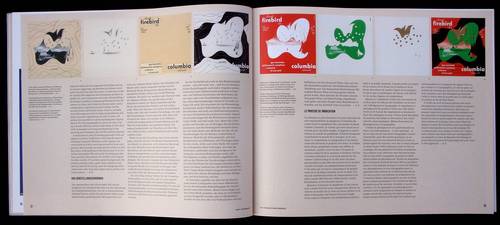
Two of three pages that reveal how Steinweiss created his unique looking designs.
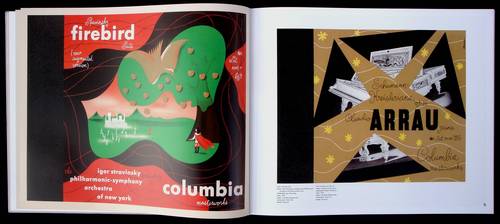
Visit Amazon to check out more reviews.
If you buy from the links, I get a little commission that helps me get more books to feature.
Here are direct links to the book:
Amazon.com | Amazon.ca | Amazon.co.uk | Amazon.de | Amazon.fr | Amazon.it | Amazon.es | Amazon.co.jp | Amazon.cn




Add new comment